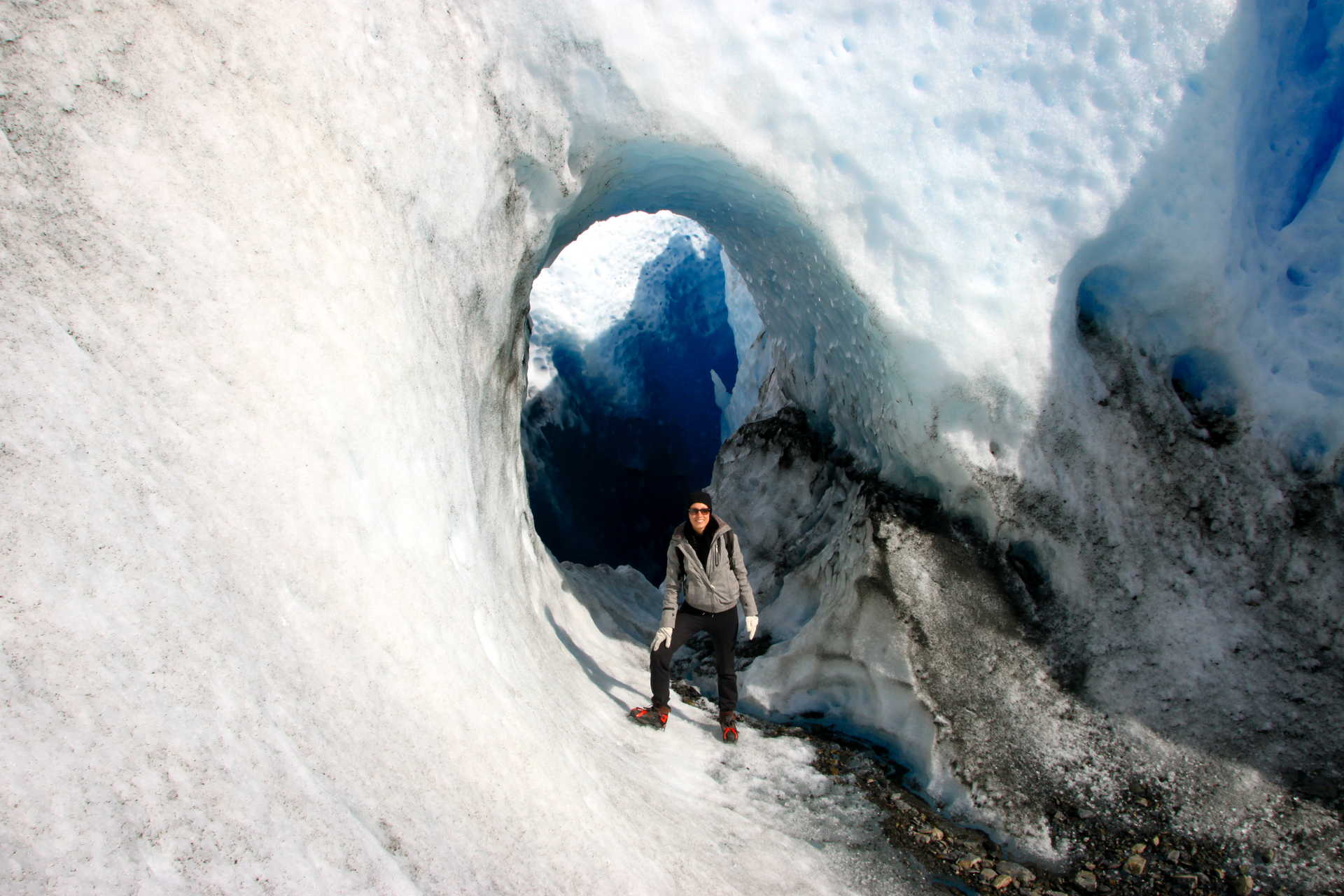Avoiding diarrhoea
Make sure that your hygiene is as good as possible to avoid picking up a stomach upset. Needless to say, a bout of diarrhoea can make a long, strenuous trek unpleasant or even impossible.
On the trek itself, we make sure that your food is pure and uncontaminated, and that all of your water is safe to drink. Before your trek, though, you will have to protect yourself.
Make sure you follow these simple rules at all times:
- If you aren’t absolutely certain water is pure, do not drink it.
- Wash your hands thoroughly after using the toilet, and before eating or handling food of any kind.
- Do not eat raw vegetables or salads. Cooked, preferably boiled veggies only.
- Avoid any cold drinks, and ice of any kind.
Water from sealed bottles is generally fine, as are fizzy drinks, wine and beer. Hot tea and coffee are good, as they have just been boiled.
If you do get diarrhoea, the most important thing you can do is to stay hydrated. The best thing to drink is a rehydration solution like Dioralyte. Read more about dehydration below.
Over the counter medicines like Immodium (or anything containing loperamide) are only for short term, mild diarrhoea. Some doctors recommend taking a single, 500mg dose of Ciprofxin, or any ciprofloxacin antibiotic in an emergency situation. This is a prescription medicine, and you should discuss it with your doctor before your trip.
Preventing dehydration
Even if you avoid diarrhoea, you can easily become dehydrated when exerting yourself for long periods of time and sweating. The upshot is, as you might expect, that you’ll have to drink more water. You need to drink at least 3 litres of fluids every day while trekking. Even when you don't feel thirsty you have to drink this amount as a minimum - preferably more.
You should ideally drink at least ½ litre (preferably a whole litre) before you set off. Ensure you have 2 litres of water in your own water bottles or hydration bladder to carry with you aswell.
Stay on the look-out for signs of dehydration in yourself and your fellow trekkers. The most common symptoms include thirst, dry lips, nose or mouth, headache and feeling fatigued or lethargic. If you think you may be dehydrated, there are two ways to tell:
- The colour of your urine. Clear or light straw-coloured urine means you are probably not dehydrated. Yellow or orange wee means you haven’t been drinking enough, and you need to up your fluid intake quickly.
- Pinch or press firmly on an area of exposed skin. If it doesn’t spring back instantly, or stays pale and bloodless for more than a second or two, you are probably dehydrated.
Sunburn and UV Protection
While a mountainous trek is hardly a day at the seaside, you will be vulnerable to sunburn if not properly protected. The time spent outside puts you at greater exposure to the sun’s UV rays, even on cloudy days.
The three most important things you can do to avoid sunburn are:
- Apply SPF 30 or higher sunscreen to your face, nose and ears at least 30 minutes before going out into the sun, and reapply regularly. High SPF lip balm is also a must.
- Wear a wide-brimmed hat that shades your face, nose and ears.
- Wear UV-protective sunglasses, category 2-4.
And don’t forget that the sun is at its strongest between 10:00-14:00 hours each day.
Eating well
Many trekkers experience loss of appetite when on the move for consecutive long days. This is a real problem, as you will be burning an extra 2000 or more calories a day, and not replacing them which can cause real problems.
Just like staying hydrated, you have to eat heartily even if you aren’t hungry. Meals heavy in carbohydrates are best, because they provide long-term energy. Our cooks are used to feeding hungry trekkers, so you should find your energy needs are met without too much effort.
Snacks should be chosen carefully. Take favourite treats to make it easier to eat when you don’t feel hungry. Chocolate, nuts and seeds, biscuits, savoury snacks and boiled sweets are generally better choices.
Body temperature
Every mountain has its own climate, and Patagonia is famous for it's wild windy weather meaning the climate will be constantly changing. A hot and dry morning can be followed immediately by snow or rain. Wearing a layered outfit is generally the wisest way to make sure you stay healthy and reasonably comfortable in all conditions.
Above all, make sure to wear warm, wind-and water-proof, breathable clothing on your trek. Get high quality gear too, as this is definitely ‘the real thing’. Storms, high winds and freezing temperatures must be expected, and poor quality equipment will fail.










